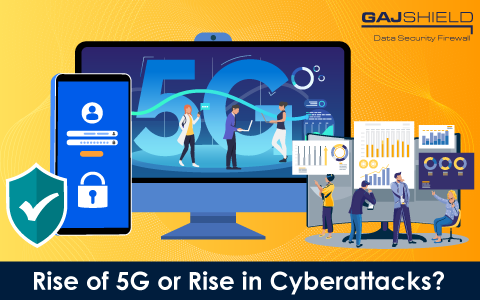
The digital revolution has forced all industries to go online, one such industry was retail, and with it also came the emergence of e-commerce. With millions of people now using online shopping as the preferred method, retailers are privy to a host of information. This makes them a hubspot for hackers. Moreover, physical stores using software for monitoring, transactional process, and other services to store sensitive information are also facing threats.

SIEM, short for Security Information and Event Management, is a technology that helps companies to detect, analyze and take the necessary steps toward data security threats before they affect business operations. SIEM is seen as an integral part of any well-rounded cybersecurity operations. It helps to gather data from numerous log sources and analyzes the data based on the rules enforced by IT professionals.

5G is the new version of the current wireless network offering high-speed, lower latency than previous versions, and enhancement of IoT connectivity. On paper, 5G is assumed to provide comparatively better security and connectivity. However, the safety and reliability of 5G’s implementation greatly depend upon how proactively organizations will take measures to secure and manage the 5G network deployed by them.

The recent trend of providing access to free public WiFi is helpful for working professionals. With the onset of remote and hybrid working, many professionals use the free WiFi provided in public spaces. However, this comes at a cost. The features that make free WiFi hotspots appealing (no requirement of authentication) to use a network connection also appeal to cybercriminals.
Get In Touch With Us
Subscribe to our Newsletter
2025 © GajShield Infotech (I) Pvt. Ltd. All rights reserved.
